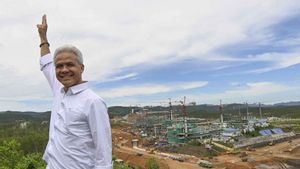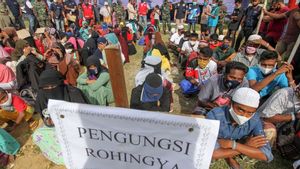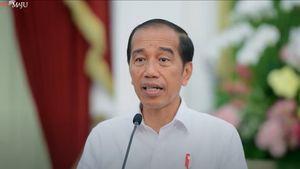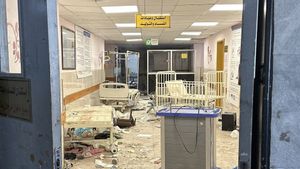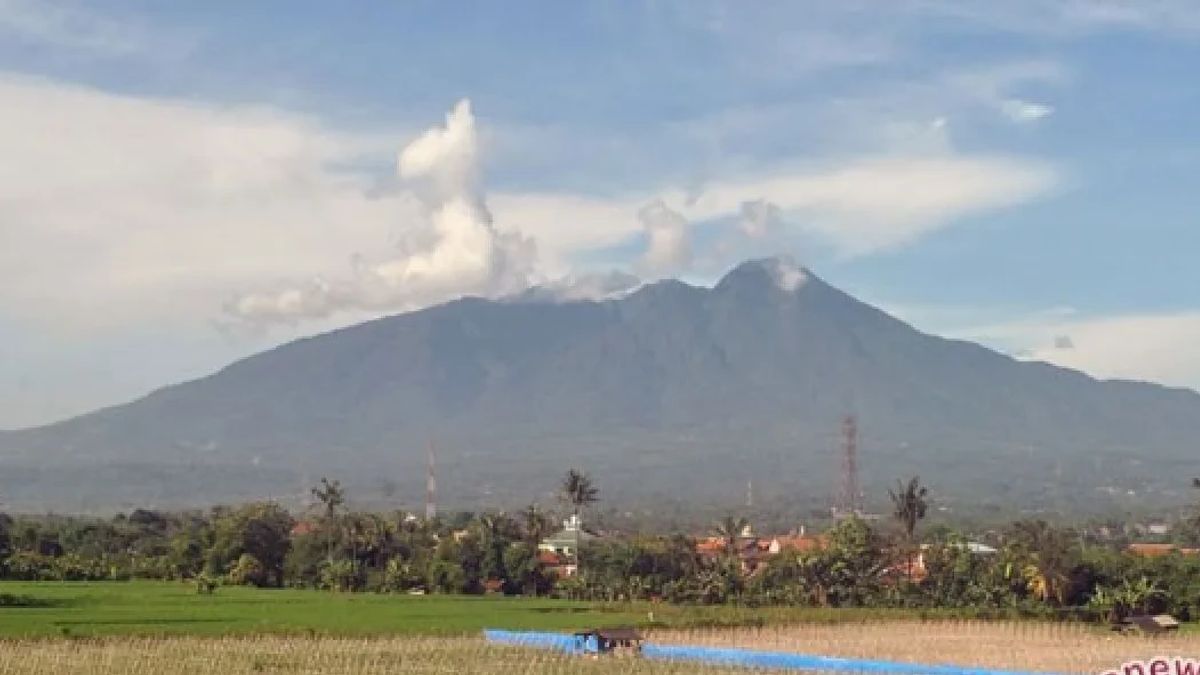
The Geological Disaster Volcanology and Mitigation Center (PVMBG) of the Geological Agency asked the public to be aware of the activities of seven mountains in West Java to be watched out for during the rainy season, especially for climbers.
"Seven volcanoes that need to be watched out for are still normal. However, people who want to climb are advised not to climb on these mountains in the rainy season," said Head of PVMBG Geological Agency Hendra Gunawan in Bandung as reported by ANTARA, Friday, December 8.
The seven volcanoes that need to be watched out for, he said, are Tangkuban Parahu, Salak, Gede, Guntur, Papandayan, Galunggung, and Ciremai, because during the rainy season there is the potential for an eruption.
"We also appeal when it rains at least it doesn't approach the crater. It's fun, but if you can, just hold it to climb first," said Hendra.
Hendra said the quiet volcano was even more dangerous when climbing, because the climbers would be less alert to the mountains than active volcanoes.
This, he continued, could be seen in the case on Mount Marapi, West Sumatra, which was actually in a calm state, even a few days before the eruption, there were still many climbers who immortalized the conditions there (area).
"The most dangerous thing is that if you don't see anything, suddenly you get drunk. So all this time climbers feel safe when the rainy season is even though the possibility is greater for an eruption," he said.
Hendra said PVMBG always coordinates with the existing halls in each volcano and always gives appeals to regional heads, the community, including climbers, because of the dangers of climbing a volcano that always lurks.
관련 항목:
The dangers that lurk are, among others, when there is no sunlight on the mountain and there is a concentration on volcanic gas that can be inhaled by climbers and can result in something fatal.
"A case like this also happened on Mount Sindoro and it is hoped that it will not happen again," he said.
Currently, he continued, all volcanoes in West Java are monitored with various adequate equipment. However, one mountain that received special attention was Guntur Mountain in Garut Regency.
More attention, said Hendra, because in expert analysis, the volcano has an eruption cycle every 60 years, while the last Guntur Mountain erupted in 1847.
"Because this is the difficulty of predicting a volcano. Actually, if you have to, this is the time, but it's called natural, many factors are decisive to be able to erupt," he added.
The English, Chinese, Japanese, Arabic, and French versions are automatically generated by the AI. So there may still be inaccuracies in translating, please always see Indonesian as our main language. (system supported by DigitalSiber.id)




